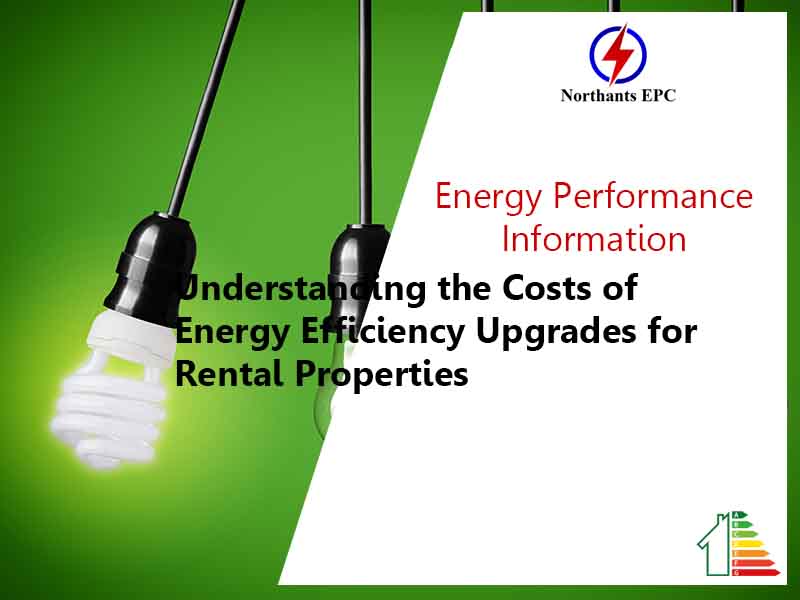Understanding the Costs of Energy Efficiency Upgrades for Rental Properties
Introduction:
The UK government has released its latest analysis on the estimated costs of energy efficiency upgrades for private rental homes. The findings reveal a wide range of expenses, shedding light on the potential investment required to improve the Energy Efficiency Rating (EER) of these properties. This article aims to explore the key insights from the analysis and provide a comprehensive understanding of the state of energy efficiency in the rental market.
Cost Breakdown:
According to the government’s analysis, approximately 46% of private rental homes would require an investment between £5,000 and £9,999 for energy efficiency improvements. Another 30% of properties could be enhanced for under £5,000, offering a more affordable option for landlords. On the higher end of the scale, around 19% of homes would cost between £10,000 and £14,999 to reach at least an EER band C, while an additional 5% would necessitate an expenditure of £15,000 or more.
Energy Efficiency Ratings:
The English Housing Survey of 2021 provides valuable insights into the current energy efficiency ratings of private rental properties. It reveals that the majority of private renters (44%) reside in homes categorized under EER bands A to C. A significant portion (42%) live in properties falling under band D. However, 14% of tenants find themselves in homes with EER bands E to G, indicating a need for improvement in these dwellings.
Decent Homes Standard and Safety Concerns:
The survey also uncovers concerning statistics related to the condition of private rental homes. It estimates that 23% of these properties fail to meet the Decent Homes Standard, a benchmark for habitability. Additionally, 14% are deemed unsafe based on the Housing Health and Safety Rating System (HHSRS). Private rented homes are more likely to experience issues such as damp, with nearly 11% affected, compared to 4% in social rented homes and 2% in owner-occupied homes.
Tenant Mobility:
The survey delves into the average tenure of private renters, revealing that they typically stay in their current homes for around 4.4 years. The most common reason cited for moving is personal choice, with 77% of tenants stating a desire to relocate. Other factors contributing to relocations include the end of a fixed-term tenancy (11%), mutual agreement with the landlord (10%), eviction or landlord’s request (4%), a strained relationship with the landlord (3%), or the conclusion of a job-related tenancy (2%).
Housing Support and Benefit Challenges:
Within the private rented sector, 25% of households reported receiving housing support during 2021-22. However, it is concerning to note that 3% of tenants were either currently in arrears or had faced arrears within the past year. Additionally, 10% of applicants were denied a tenancy in the previous 12 months due to receiving benefits, highlighting potential challenges faced by those reliant on support.
Conclusion:
The government’s analysis provides valuable insights into the costs associated with improving energy efficiency in rental properties. Landlords and tenants alike should consider the potential investment required to upgrade homes and align them with the desired EER bands. The data also highlights the importance of addressing safety concerns and striving for adherence to the Decent Homes Standard. Furthermore, it emphasizes the need for robust support systems and solutions to overcome challenges faced by tenants in the private rental market. By recognizing these issues and working towards energy-efficient and safe homes, both landlords and tenants can contribute to a healthier and more sustainable rental sector.
